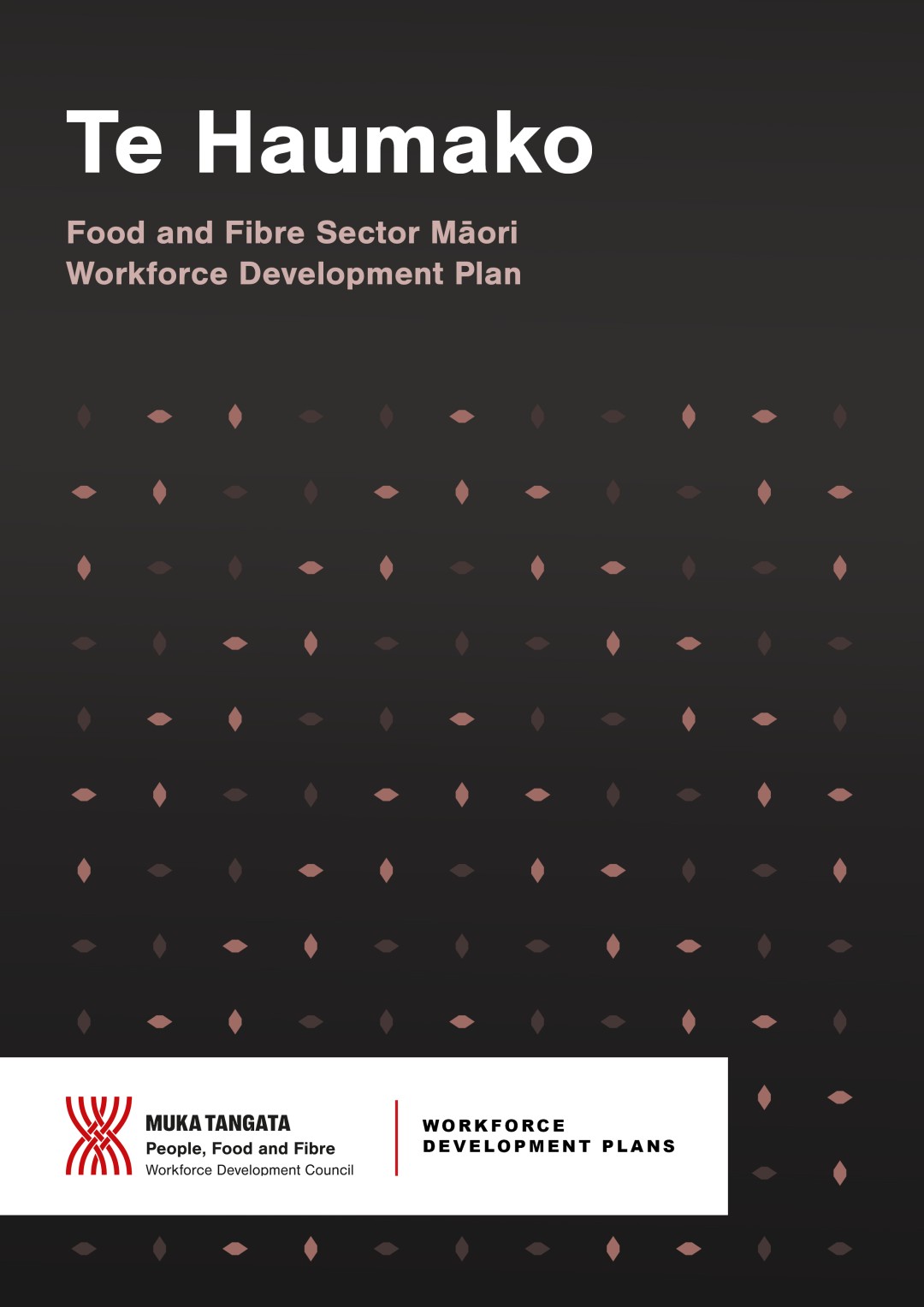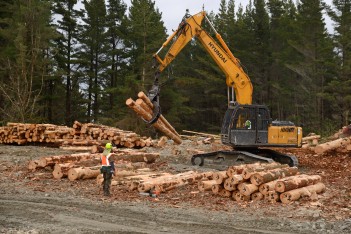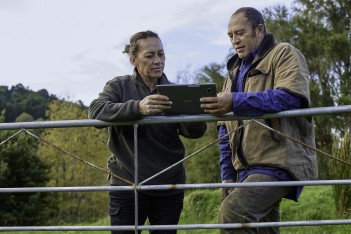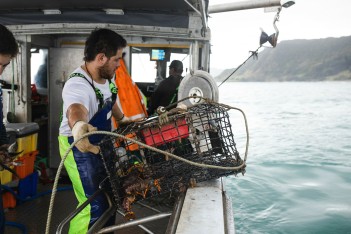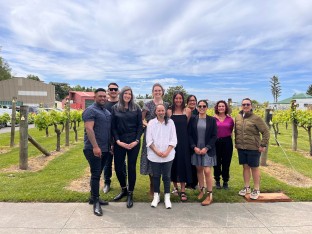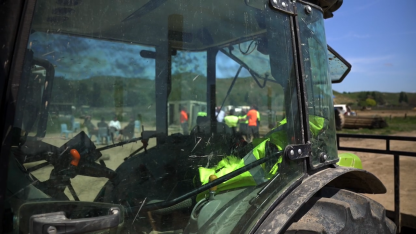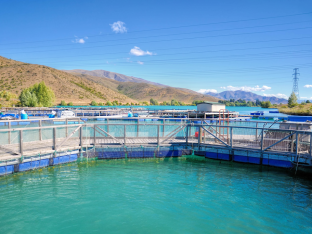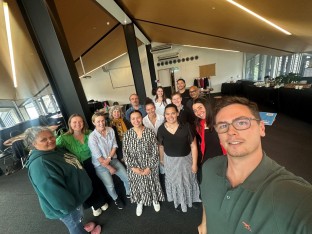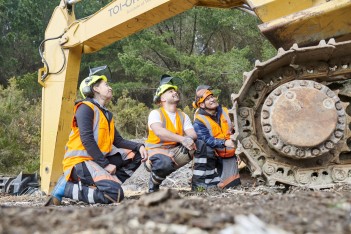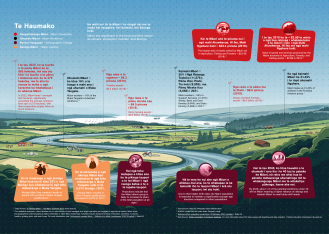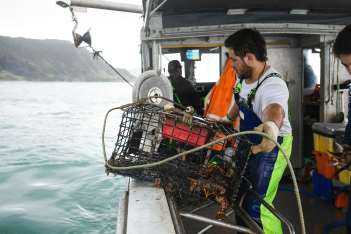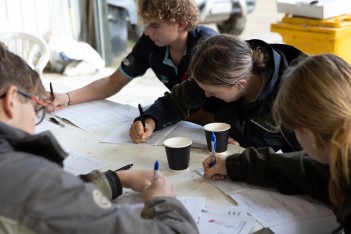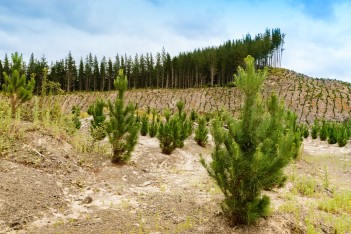About Te Haumako
Te Haumako brings together work from across Muka Tangata which has been informed by gathering information, ideas and stories from iwi and hapū Māori, ahu whenua trusts, industry leaders, employers, and kaimahi and ākonga. It includes actions that are already underway as part of our 14 industry workforce development plans. We’ve also drawn on existing research and have partnered in new research with other organisations such as the Food and Fibre Centre of Vocational Excellence.
It includes specific initiatives in areas identified as important to Māori as well as incorporating te tirohanga Māori into Muka Tangata's work programme.
Overall, the food and fibre sector workforce is small compared to other sectors but has a big impact on our country’s GDP. In 2021, over $130,000 in export revenue was generated for every worker in the sector, compared to just under $11,000 per worker across all other sectors. As a
